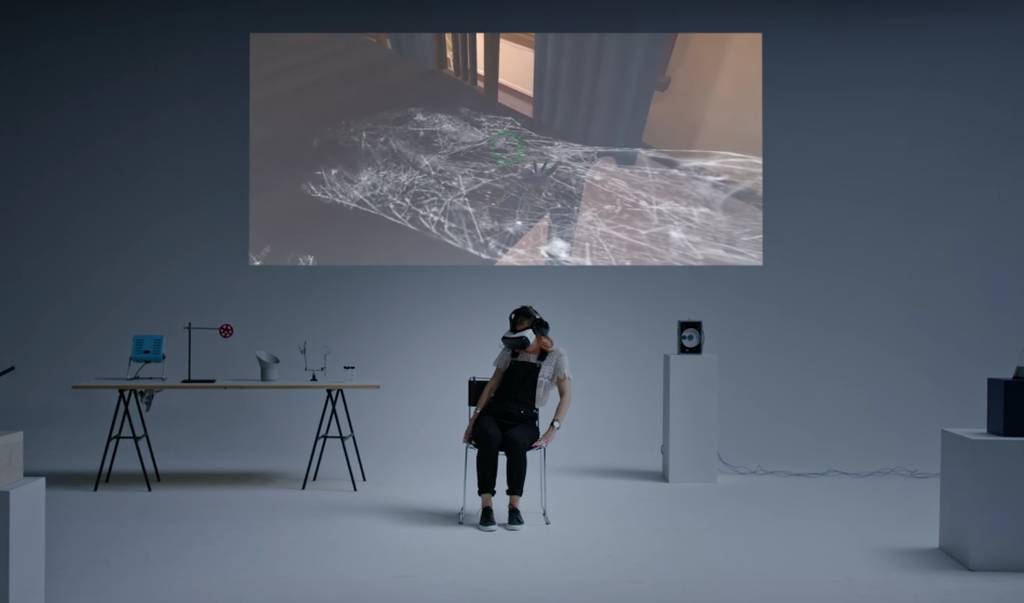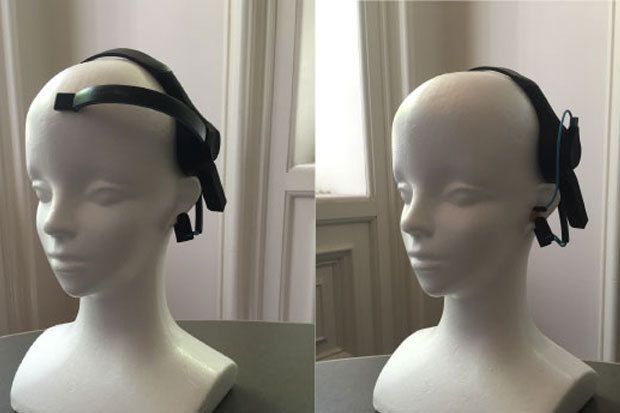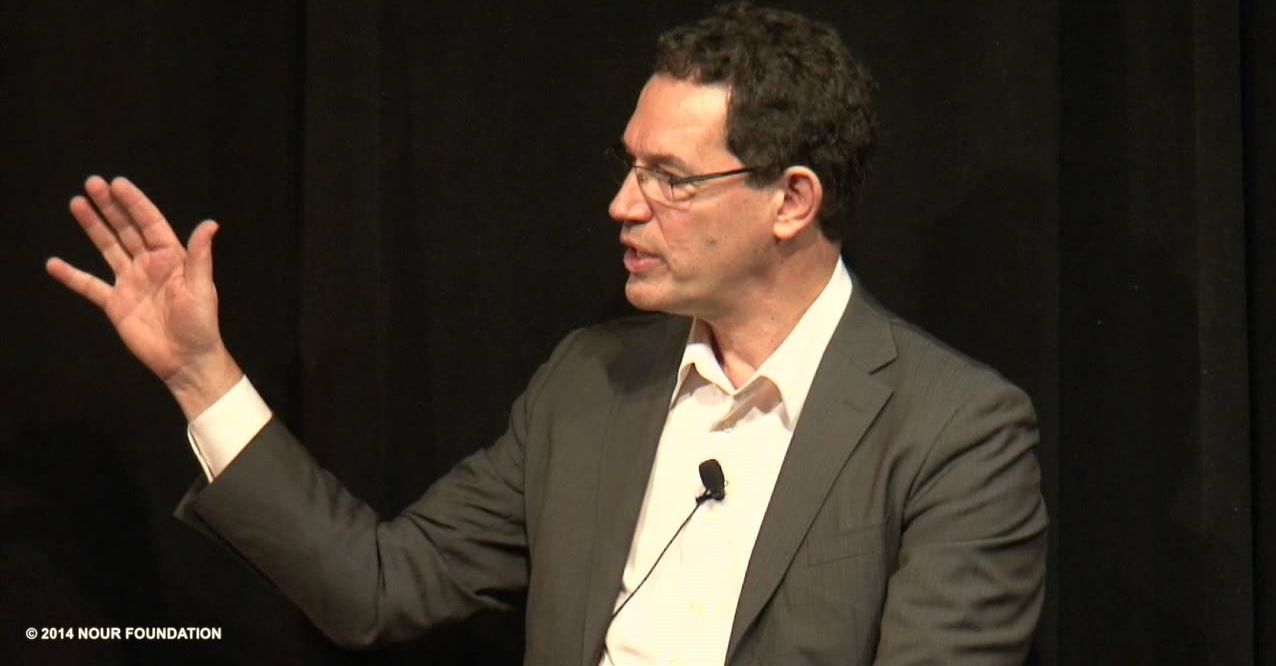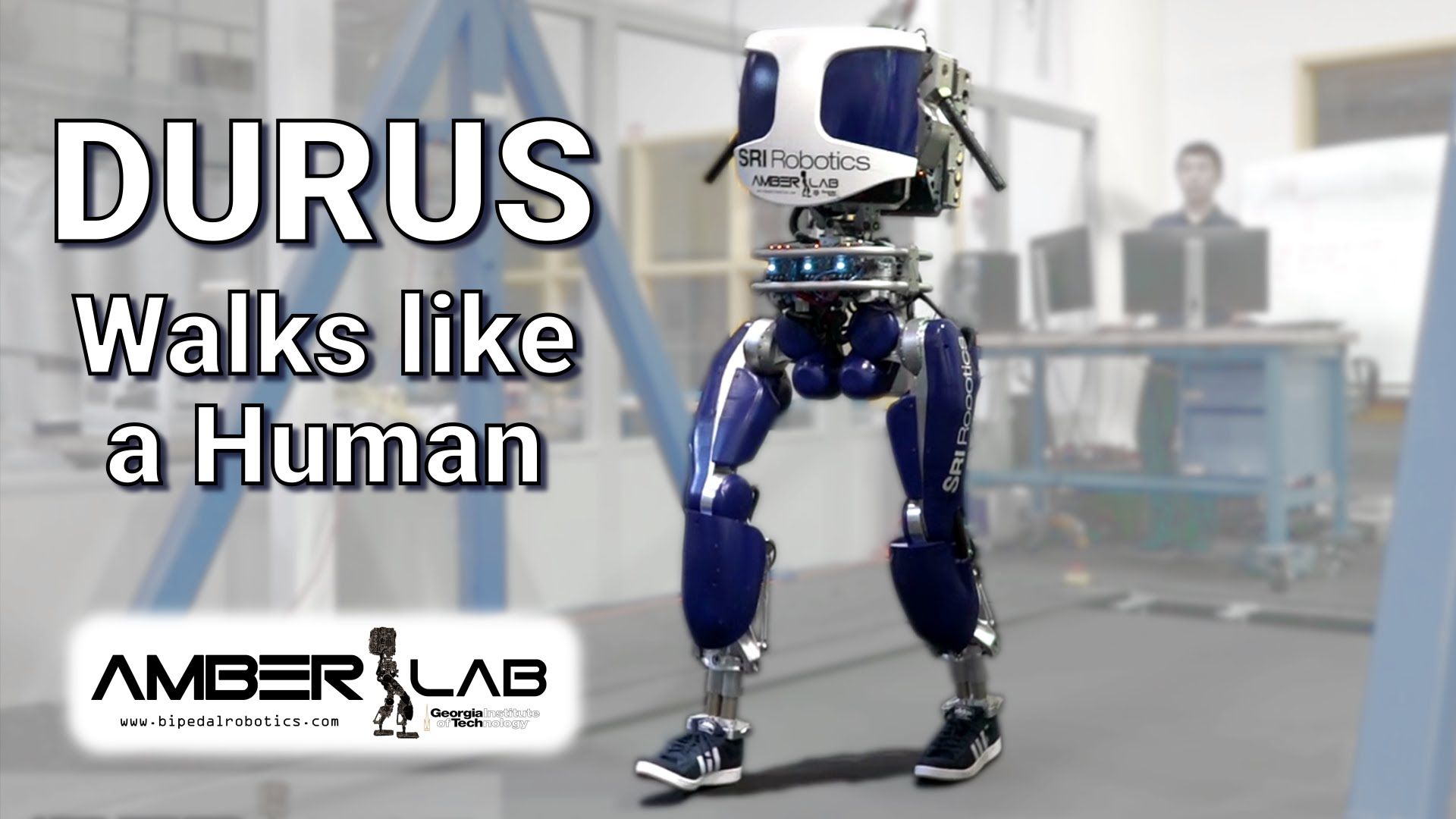Jul 12, 2016
Samsung thinks you can overcome your fear of spiders using virtual reality
Posted by Karen Hurst in category: virtual reality
VR for phobias; makes sense. Scared of spiders? Samsung believes VR may be the treatment for you.
Could you face your fears if you knew you weren’t actually facing your fears? That’s the premise behind a virtual reality experiment Samsung is running for a new app called Itsy, which is designed to help people face their fear of spiders. Created with the help of researchers at Stockholm University, Itsy tries to wean people into giving up their fear of arachnids.
The program is being run by Samsung’s Nordic branch, and the reason is extremely specific.
Continue reading “Samsung thinks you can overcome your fear of spiders using virtual reality” »
















